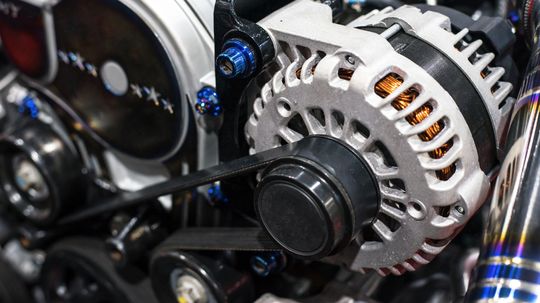A comprehensive analysis of the disparities between malfunctioning alternators and faulty batteries
An In-Depth Exploration of Bad Alternator vs. Bad Battery
When it comes to automotive electrical systems, discerning between a bad alternator and a bad battery is crucial for efficient troubleshooting. By delving into their distinctive characteristics, we can gain valuable insights into these two components.
The Differentiating Factors: Bad Alternator
A dysfunctional alternator can manifest in various ways. One key indicator is dimming or flickering headlights, which may be accompanied by sporadic power fluctuations throughout the vehicle’s electrical system. Additionally, an overworked alternator might emit strange noises such as grinding or whining sounds due to worn-out bearings.
In some cases, a failing alternator could result in difficulty starting the engine or even cause it to stall while driving. This occurs when insufficient power is generated to keep all essential systems running smoothly.
The Distinguishing Features: Bad Battery
In contrast, a defective battery often exhibits distinct symptoms that set it apart from an impaired alternator. A common sign of a weak battery is slow cranking during ignition attempts; this indicates that there isn’t enough stored energy for proper engine startup.
Frequent jump-starts are another telltale indication of a problematic battery since it fails to retain charge adequately. Moreover, if your vehicle experiences sudden electrical failures without any prior warning signs from other components like dimming lights or unusual noises, chances are high that you’re dealing with a faulty battery.
Deciphering the Differences: Conclusion
To summarize, distinguishing between a bad alternator and a bad battery requires careful observation of the symptoms exhibited. Dimming headlights, irregular power fluctuations, and unusual noises are indicative of a malfunctioning alternator. On the other hand, slow cranking during ignition attempts, frequent jump-starts, and sudden electrical failures without prior warning signs point towards a defective battery.
By understanding these disparities, vehicle owners can make informed decisions when it comes to diagnosing and resolving electrical issues in their cars. Remember that seeking professional assistance is always advisable to ensure accurate identification and appropriate resolution of any problems encountered.



